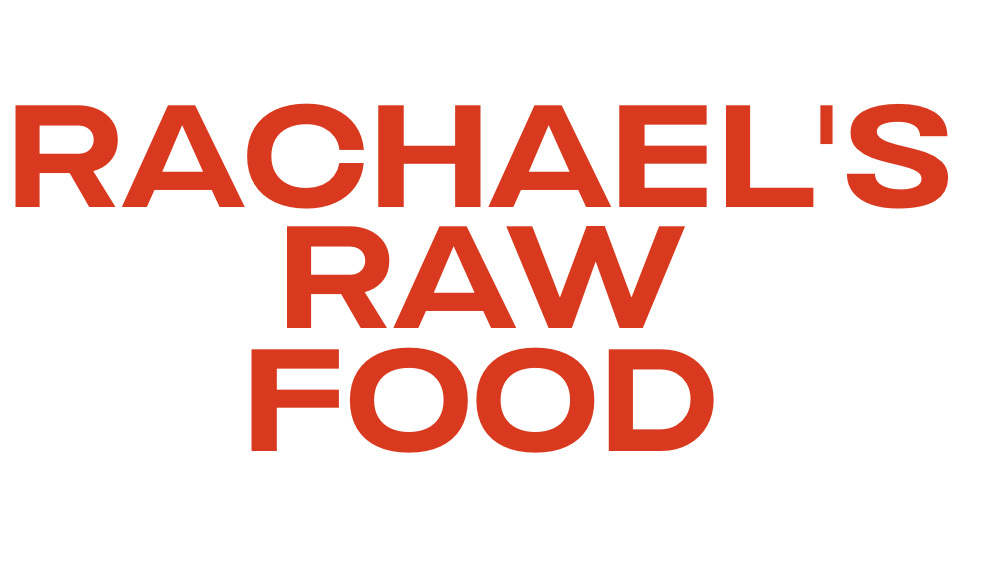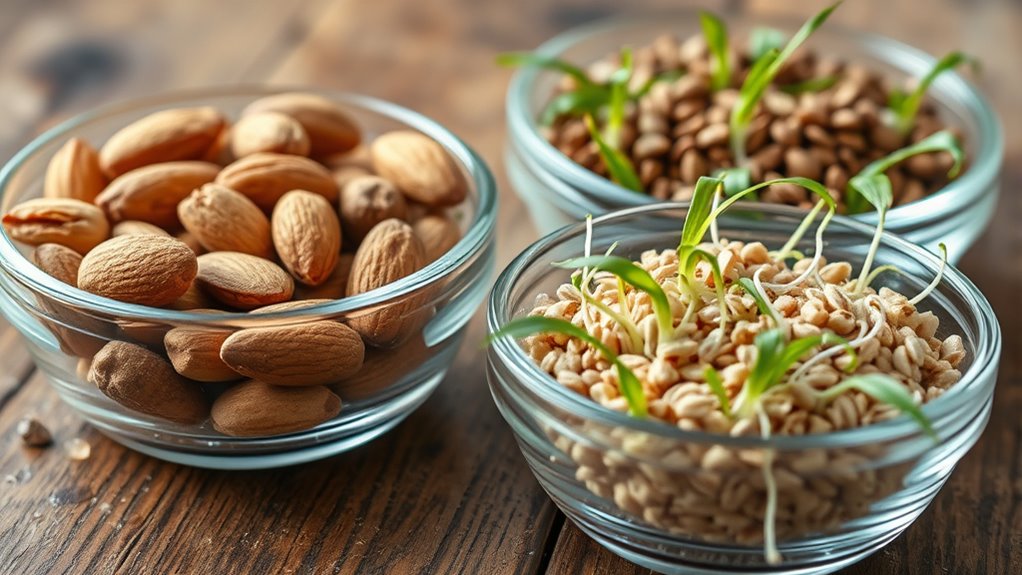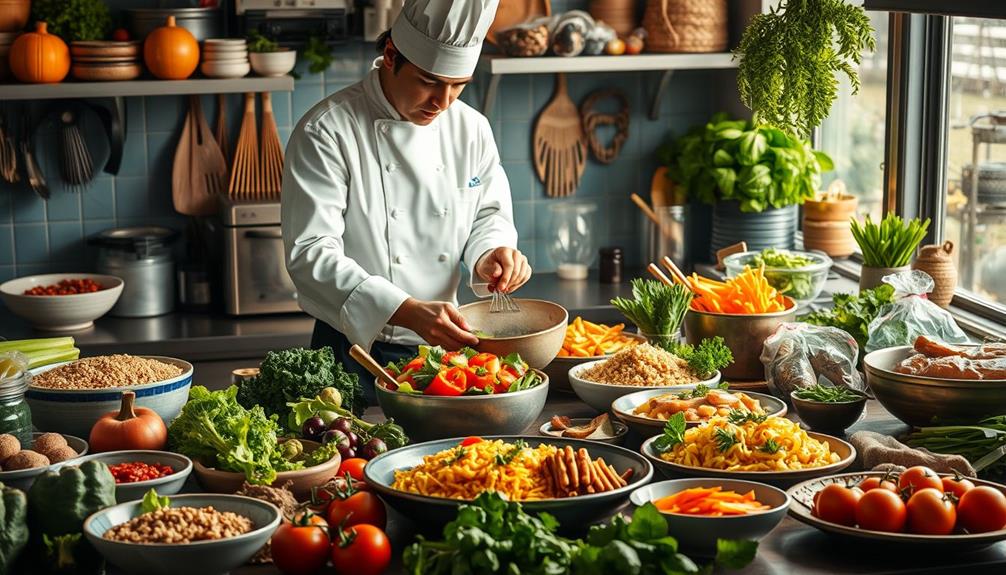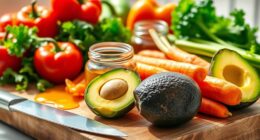To get the most from soaking and sprouting, rinse your almonds, buckwheat, or legumes thoroughly and soak them in water for several hours or overnight. Drain and rinse frequently, then keep them in a breathable container in a cool, dark place until sprouts appear, usually in 1-2 days. Proper storage and patience guarantee you access their full nutritional potential and better digestibility. Keep going to discover more tips on perfecting your sprouting process.
Key Takeaways
- Soaking and sprouting activate enzymes, increase nutrient availability, and reduce anti-nutrients in almonds, buckwheat, and other foods.
- Rinse thoroughly and store in breathable containers to prevent spoilage and promote healthy sprouting.
- Use warm, dark environments for sprouting; small sprouts typically appear within 1-2 days.
- Properly soaked and sprouted foods are easier to digest and enhance mineral absorption.
- Incorporate soaked and sprouted foods into salads, smoothies, or cooked dishes for maximum nutritional benefits.
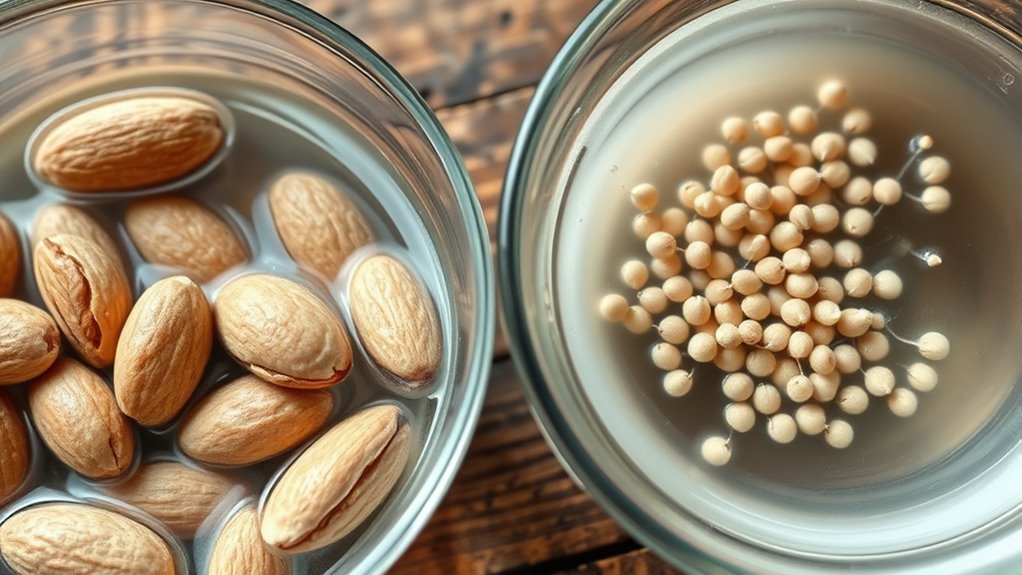
Have you ever wondered how soaking and sprouting can transform your grains and legumes? These simple steps *unbolt* a world of nutritional benefits and make your food easier to digest. When you soak your grains and legumes, you initiate a process that boosts fermentation benefits, which can help break down anti-nutrients like phytic acid. This means you’re better able to absorb essential minerals such as iron, zinc, and calcium. Sprouting takes this a step further, allowing enzymes to activate and releasing more vitamins, especially B vitamins and vitamin C. As a result, your foods become not only more nutritious but also more flavorful and easier on your digestive system.
Understanding proper storage techniques is *vital* to maintaining the freshness and safety of your soaked and sprouted foods. Once you’ve soaked your grains or legumes, drain and rinse them thoroughly to remove any residual starches or dirt. Store them in a jar or container with a breathable cover, like a cloth or mesh, to allow air circulation while preventing contaminants. Keep your sprouted foods in the refrigerator if you’re not consuming them immediately, and aim to use them within a few days to prevent spoilage. Proper storage techniques are essential because they inhibit mold growth and bacterial contamination, ensuring your sprouted foods remain safe and nutritious for consumption.
Sprouting also enhances the digestibility of grains like buckwheat and legumes such as lentils or chickpeas. The process reduces complex compounds that often cause bloating or discomfort, making your meals gentler on your stomach. Additionally, sprouting increases the bioavailability of nutrients, meaning your body can more easily absorb and utilize them. This is especially beneficial if you’re aiming to boost your intake of plant-based proteins or improve your overall nutrition. The whole process is straightforward: after soaking, rinse your grains or legumes twice daily and keep them in a warm, dark place to encourage sprouting. Once small sprouts appear, usually within a day or two, you can incorporate them into salads, smoothies, or cooked dishes.
Frequently Asked Questions
How Long Should Different Nuts and Seeds Be Soaked?
You should soak nuts and seeds for different durations to optimize sprouting times and nutrient absorption. Typically, almonds need 12-24 hours, while cashews require 6-8 hours. Sunflower seeds and pumpkin seeds usually soak for 2-4 hours, whereas buckwheat needs 3-4 hours. Adjust soaking durations based on the specific nut or seed, ensuring they’re tender and sprouting begins during the process. Proper soaking enhances digestibility and flavor.
Can Soaking and Sprouting Eliminate All Anti-Nutrients?
Ever wonder if soaking and sprouting can eliminate all anti-nutrients? While they markedly reduce compounds like phytic acid and enzyme inhibitors, they don’t remove everything. These processes boost fermentation benefits and activate enzymes that help your body absorb nutrients better. So, while soaking and sprouting improve digestibility and nutrient availability, they aren’t foolproof. Combining them with proper cooking enhances anti-nutrient reduction even more.
Are There Any Risks or Side Effects From Sprouting?
Sprouting can cause gastrointestinal reactions or allergenic responses in some people, especially if you’re sensitive to certain foods. You might experience bloating, gas, or discomfort, and in rare cases, allergic symptoms like itching or swelling. To minimize risks, start with small amounts, observe your body’s reactions, and consult a healthcare professional if you notice adverse effects. Proper rinsing and hygiene during sprouting also help reduce contamination risks.
How Do I Store Soaked and Sprouted Foods Safely?
You should store soaked and sprouted foods in clean, airtight storage containers to keep them fresh and prevent contamination. Make certain you follow good hygiene practices by rinsing thoroughly before storing and washing containers well. Keep these foods refrigerated at or below 40°F, and consume them within a few days. Proper storage minimizes the risk of bacterial growth, helping you enjoy your sprouted foods safely and healthily.
Does Sprouting Increase Nutrient Absorption Significantly?
Sprouting dramatically skyrockets nutrient bioavailability and enzyme activation, making your food’s nutrients leap into your system like a rocket! This process unleash vitamins and minerals, turning them into supercharged powerhouses your body can absorb easily. By sprouting, you activate enzymes that break down anti-nutrients, ensuring you get the maximum nutritional bang for your buck. So yes, sprouting greatly boosts nutrient absorption, transforming ordinary foods into extraordinary sources of health!
Conclusion
Now that you know the basics of soaking and sprouting, you’re well on your way to revealing the full potential of nuts, grains, and seeds. Remember, “A journey of a thousand miles begins with a single step,” so start small and be patient. With each soak and sprout, you’re nurturing your body and mind. Trust the process, and soon you’ll enjoy fresher, more vibrant foods that fuel your best self every day.
